Osechi-ryori is a traditional Japanese meal eaten during the New Year, consisting of a variety of symbolic dishes served in jubako (stacked lacquered boxes). Originating in the Heian period (794–1185) as offerings to deities, it is now a celebratory meal prepared in advance and enjoyed over several days.
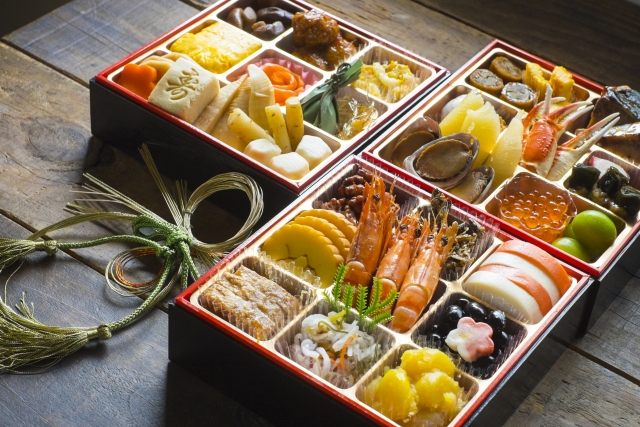
Characteristics of Osechi-ryori
1.Multi-Tiered Presentation
Osechi is arranged in jubako (stacked boxes), symbolizing “layered happiness” and good fortune.
2.Long-Lasting Preserved Dishes
Many osechi dishes are seasoned with vinegar, sugar, or soy sauce to preserve them for several days. This was originally to avoid cooking during the New Year holiday.
3.Symbolic Ingredients
Each dish carries a special meaning, such as prosperity, longevity, or academic success.
4.Eaten Over Several Days
Osechi is typically eaten from January 1st to 3rd as part of the extended New Year celebration.
5.Modern Variations
Since traditional osechi flavors are often strong or unfamiliar to children, many modern versions include Western dishes like roast beef or gratin to appeal to younger generations.
The Number of Tiers and Arrangement of Jubako
The number of tiers in a traditional Jubako (Osechi box)typically follows a four-tier arrangement (Yodan-jū), but this can vary depending on the region or family. In recent years, three-tier boxes have become more common.
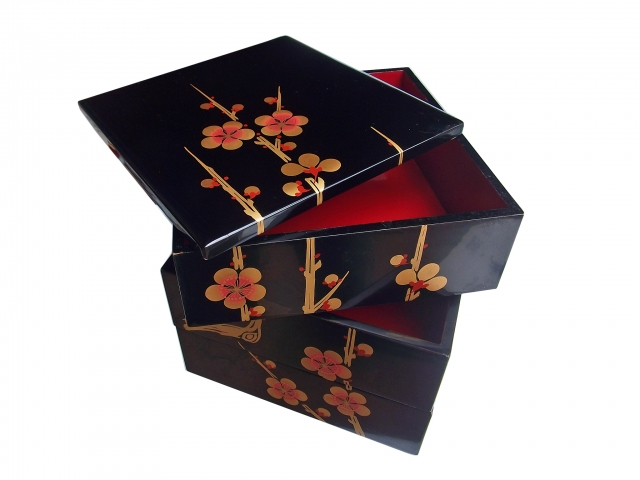
Osechi Boxes by Tier Number
- Four-Tier Box (Yodan-jū): The formal number of tiers for an osechi box.
- Three-Tier Box: A commonly used box for families or in stores.
- Five-Tier Box: In some regions or families, a five-tier box is used
Arrangement by Tier Number
- First Tier (Ichi-no-jū): This tier is filled with celebratory dishes such as black beans (kuro-mame), herring roe (kazunoko), and candied sardines (tazukuri).
- Second Tier (Ni-no-jū): This tier contains items like rolled omelette (datemaki), pickled vegetables (kohaku-namasu), sweet chestnut paste (kuri-kinton), and kelp rolls (kombu-maki).
- Third Tier (San-no-jū): Here, seafood dishes like grilled yellowtail (buri), shrimp (ebi), and sea bream (tai) are arranged.
- Fourth Tier (Yon-no-jū – Yona-jū): This tier is typically filled with mountain dishes such as simmered vegetables (nishime) and sweet candied kumquats (kinkan-kanro-ni).
- Fifth Tier: This tier is often left empty to represent the blessings bestowed by the gods.
Main Osechi Dishes and Their Meanings
First Layer (Celebratory Appetizers)
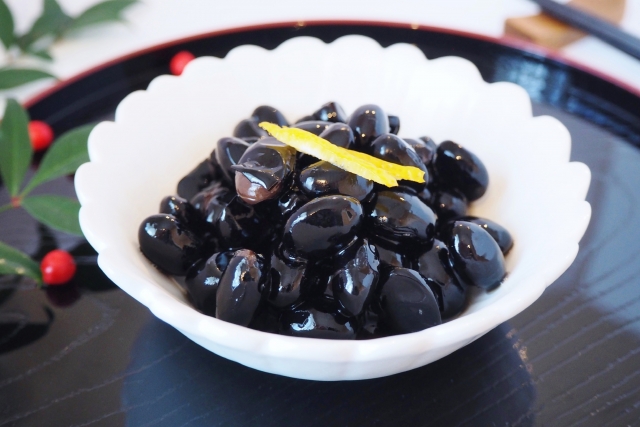
(Black Soybeans)
Represents diligence and good health.
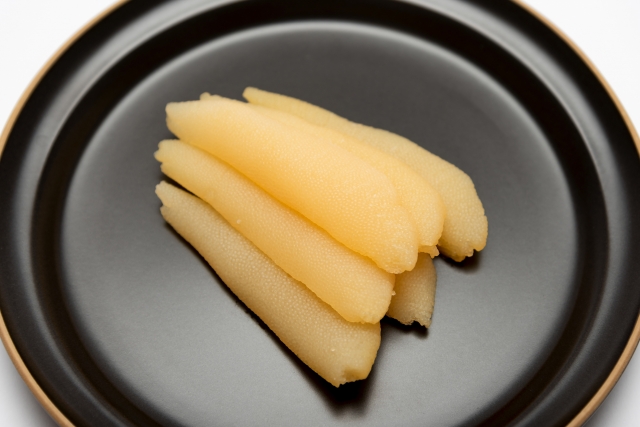
(Herring Roe)
Symbolizes fertility and prosperity.
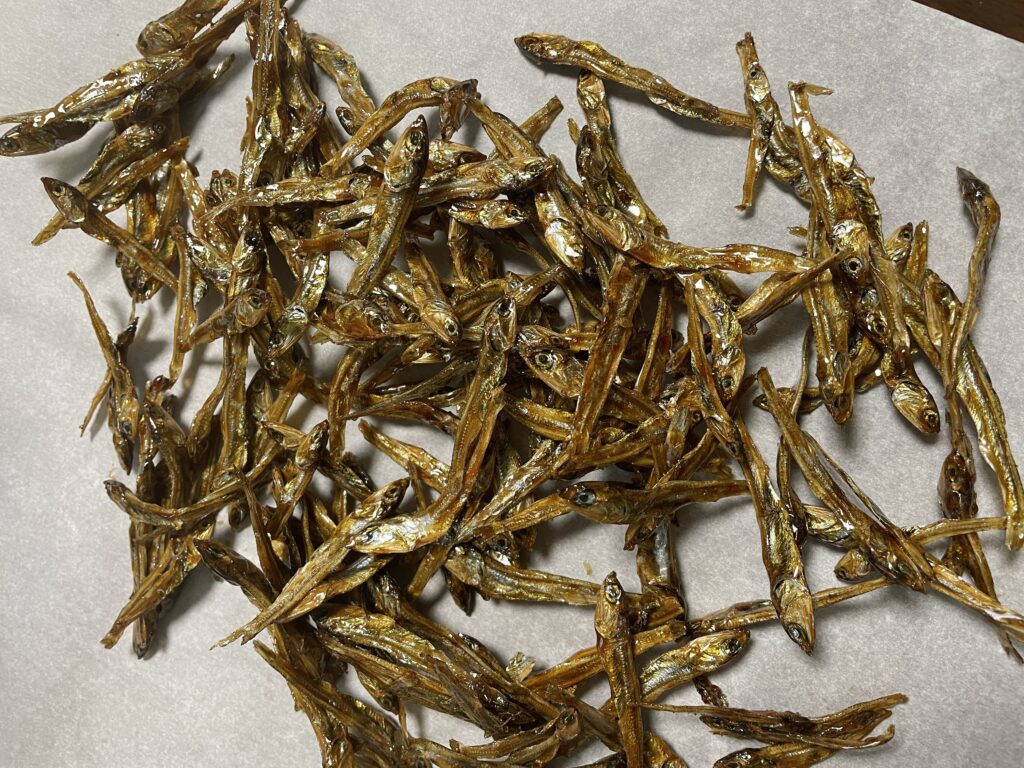
(Candied Sardines)
Signifies a bountiful harvest.
Second Tier (Sweet Dishes)
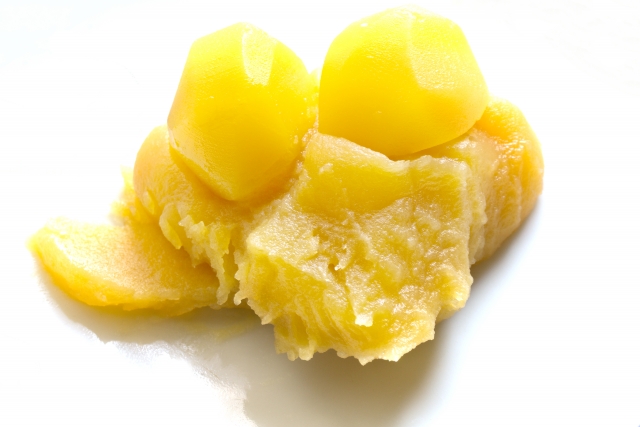
(Sweet Chestnut & Sweet Potato)
Golden in color, symbolizing wealth.
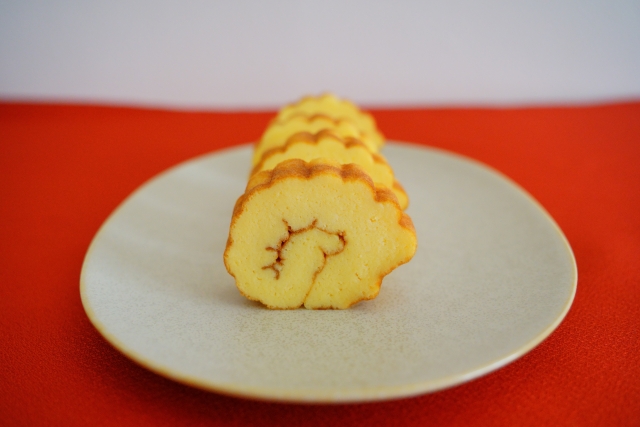
(Rolled Sweet Omelet)
Resembles a scroll, representing knowledge.
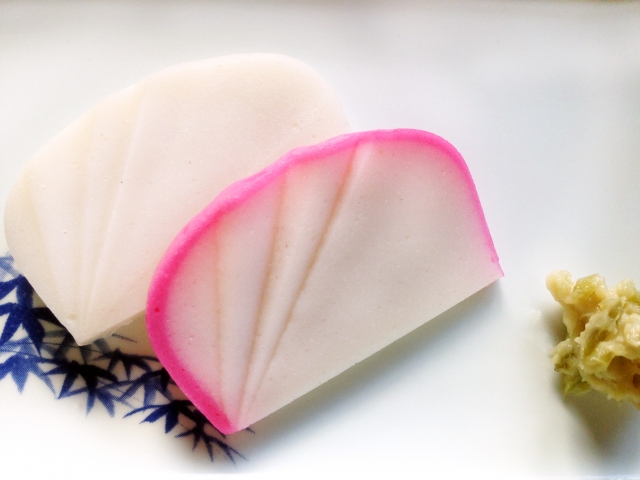
(Red & White Fish Cake)
Red signifies celebration; white symbolizes purity.
Third Tier (Seafood Dishes)
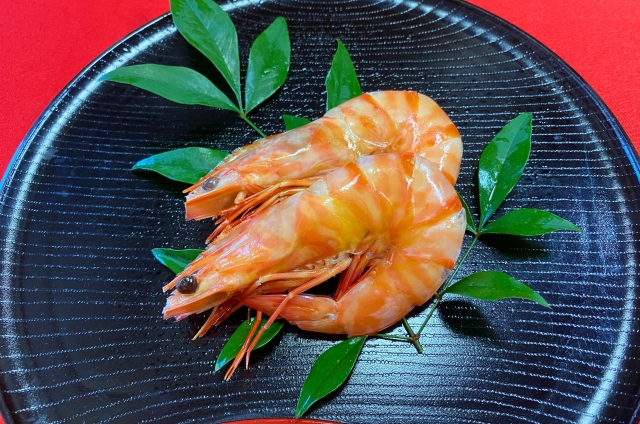
(Shrimp)
Symbolizes longevity due to its curved back.
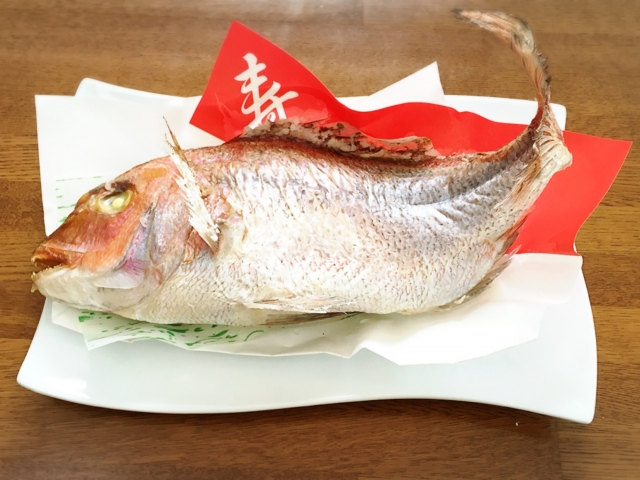
(Salt-Grilled Sea Bream)
Considered a lucky fish, as “tai” sounds like “medetai” (joyous).
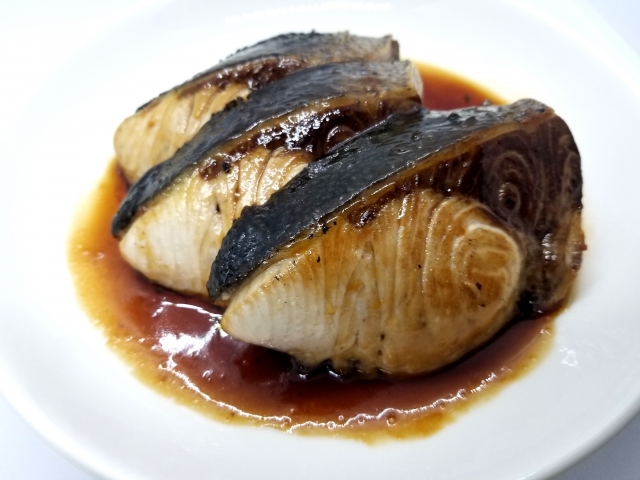
(Teriyaki Yellowtail)
A fish that “grows up” (shusse-uo), symbolizing success.
Fourth Tier (Vegetable & Root Dishes)
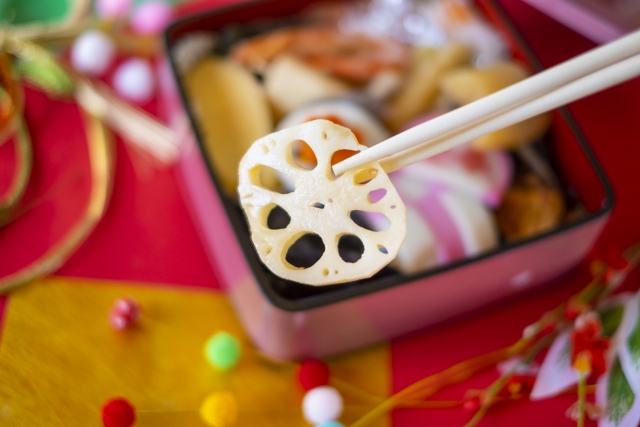
Its holes symbolize a bright future.
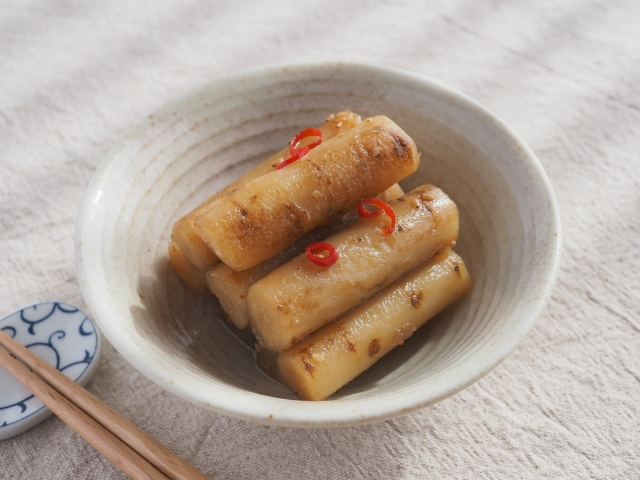
Represents stability due to its deep roots.
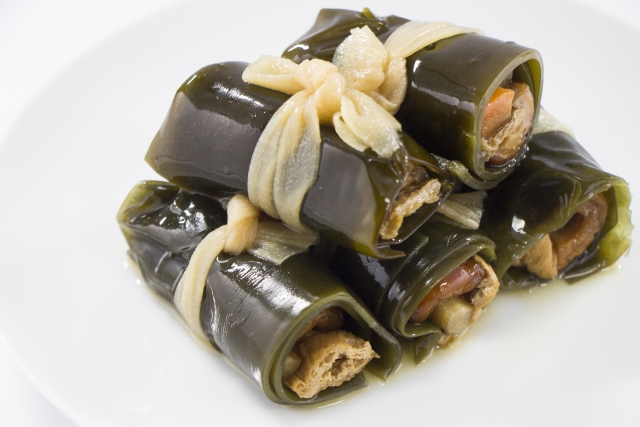
The word “kombu” sounds like “yorokobu” (joy).
Preparing and Storing Homemade Osechi
When making osechi at home, it’s common to start preparing a few days before New Year’s Day (around December 29th). Since making everything on New Year’s Eve would be too much, families typically prepare the dishes that keep well in advance and finish the more perishable items on the day.
Osechi dishes are designed to have a long shelf life by using generous amounts of vinegar, sugar, and salt, which help preserve the food.
Storing Osechi
- In the past, during winter, osechi was often stored in a cool, well-ventilated room.
- Nowadays, many households use refrigerators, ideally keeping the temperature between 5–10°C to preserve the flavor without over-chilling.
- Some dishes are stored in airtight containers to prevent drying out.
Price and Where to Buy (When Purchasing Osechi)
Osechi Prices
The price of osechi varies greatly depending on the quality and where it is purchased.
Affordable Osechi (Supermarkets & Convenience Stores)
¥3,000–¥10,000
Simple osechi for individuals or small portions
Standard Osechi for Families (Department Stores & Online Shops)
¥10,000–¥30,000
Typically serves 2 to 4 people
Luxury Osechi (Famous Restaurants, Hotels, & High-End Stores)
¥30,000–¥100,000+
Features premium ingredients and elaborate presentation
Where to Buy Osechi
- Supermarkets & Convenience Stores (AEON, 7-Eleven, FamilyMart, etc.)
- Department Stores (Mitsukoshi, Isetan, Takashimaya, etc.)
- Famous Restaurants, Hotels, & Ryotei (Traditional Japanese Restaurants) (Nadaman, Kitcho, The Ritz-Carlton, etc.)
- Online Shops (Rakuten, Amazon, Oisix, etc.)
Foods Commonly Eaten with Osechi Ryori
- Ozoni (A soup with mochi, varying by region)
- White rice, Sekihan (red rice), or Onigiri (Eaten with osechi dishes)
- O-toso (spiced sake) or Japanese sake (Traditional celebratory drinks)
- Sashimi or Sushi (Tuna, yellowtail, sea bream, and other auspicious fish)
- Isobeyaki or Kinako Mochi (Other ways to enjoy mochi besides ozoni)
- Clear Soup or Miso Soup (Served to balance the rich flavors of osechi)
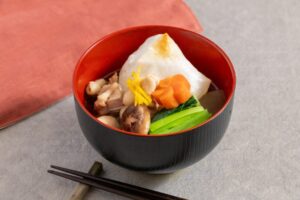
Comments